Menu
You can manage your membership and billing method by clicking here
Terms of Service
Privacy Policy
Copyright © 2025 Office of Immigration Australia, a private company registered in Australia. All Rights Reserved.

Checking membership status...
 EXCLUSIVE MEMBERS ONLY ACCESS
EXCLUSIVE MEMBERS ONLY ACCESSTo access this month’s edition & Member’s only resources, enter your registered email address.



Exclusive Australian Immigration News, Updates & Opportunities
January 2025
This bulletin is for members only, and provides our members with month to month updates on Australian immigration policy changes and consequential opportunities. Opportunities are found via federal and state government policy shifts for the demand and supply for certain occupations.
This bulletin will keep you up to date so that you do not have to employ expensive immigration lawyers to provide you with monthly research.
January 2025 has arrived,
and a huge HAPPY NEW YEAR to all Australian Immigration Bulletin Members!!
With a strong lead-up from 2024, the year 2025 is already off to a good start with skilled migration arrivals booming!
2024 has now proven to be a huge year in Australian immigration history, and we expect that 2025 will be no different for ‘Skilled Migration’!!
In This Month’s Federal News: The Australian government has updated its fiscal forecast that net migration will climb to 340,000 this financial year, as it increases its net migration target by 80,000 people!
In other Federal News, thanks to a strong jobs market, Australia is welcoming a record number of working holidaymakers into the country, now taking in about half of the world’s working holidaymakers!
In This Month’s State News: Skilled workers residing offshore remain eligible to be considered for ALL State and Territory nominations! Please view the State Migration Section of this month’s bulletin for all State and Territory program updates and opportunities available!
In This Month’s Economic News: Australia’s economic growth prospects are improving but the Organisation for Economic Co-operation and Development warns that slow immigration and escalating global trade tensions pose risks.
In other economic news, new data from SEEK has revealed which Australian industries will likely be crying out for workers in 2025 and the salaries can be well above the median!
Also in this month’s bulletin, we talk to a Sydney worker who reveals a little-known medical job that pays extremely well and is facing a “huge shortage“!
In This Month’s Student News: The Australian Government has introduced a new prioritization system for offshore student visa applications, aiming to ensure fairer access across educational institutions. This follows the official withdrawal of the controversial student cap legislation, which faced significant opposition.
Also in this month’s student news, we discover which country is the biggest source of international students in Australia and what their main field of study is.
All this and much more in the January issue of The Australian Immigration Bulletin! Let’s take a deeper look at what has happened so far and what is planned for the remainder of January 2025 in Australian Immigration, so that you can start planning!
All members now have FREE access to an online IELTS English Platform and course to practice, study and improve their English and IELTS score. The IELTS exam is one of the key recommended exams you will need to take in order to Apply for Skilled Migration to Australia and the better your results, the higher points you will get when submitting an expression of interest. The advanced English and IELTS platform will allow all members to practice Mock IELTS Exams, learn cutting edge tips and gain a greater understanding of how to achieve a Band 9+.
All members also have access to “ImmiConnect” which is now available in the member’s area. ImmiConnect is the Office of Immigration Australia’s Employer Sponsored program which allows overseas workers to receive job interview invitations from Australian employers, when job opportunities come available.
The program aims to bring globally mobile, highly-skilled and specialised individuals to Australia who can fill critical areas of need.
ImmiConnect is exclusive to active Australian Immigration Bulletin Members only. You must be a current Australian Immigration Bulletin Member to be eligible to receive job interview invitations.
So if you are interested in receiving these invitations, please sign up for FREE by Clicking “ImmiConnect” and adding your name and email address.

*2 WINNERS DRAWN EVERY MONTH:
Current Round: January 2025 – May 2025 (10 Winners/Prizes in total)
There is always a winner, and the next one could be you!
The winners of the January 2025 Immigration Prize Giveaway were drawn at 10am AEST on 1st January 2025.

Congratulations to the January 2025 winners! You have been sent a confirmation email with details on how to claim your prize!
The next 2 lucky winners will be drawn at 10am AEST on 1st February 2025.
As of 6th July 2022, people entering Australia do NOT need to provide evidence of Covid-19 vaccination status. Additionally, people leaving Australia will NOT be asked to provide evidence of their vaccination status. Unvaccinated visa holders do NOT need a travel exemption to travel to Australia. It is however important to remember that airlines, vessel operators and other countries may have specific requirements that travellers need to comply with.
Please see the list of vaccines that are recognised by the Australian government for travel purposes here.
This Bulletin and its contents is for general information purposes only and should not be used as a substitute for consultation with professional advisors.
As legislation and travel requirements are constantly changing, we strongly recommend obtaining advice on your individual situation from a Registered Migration Agent.
Please click here to book a consultation with one of our Registered Australian Migration Agents, located in Australia.
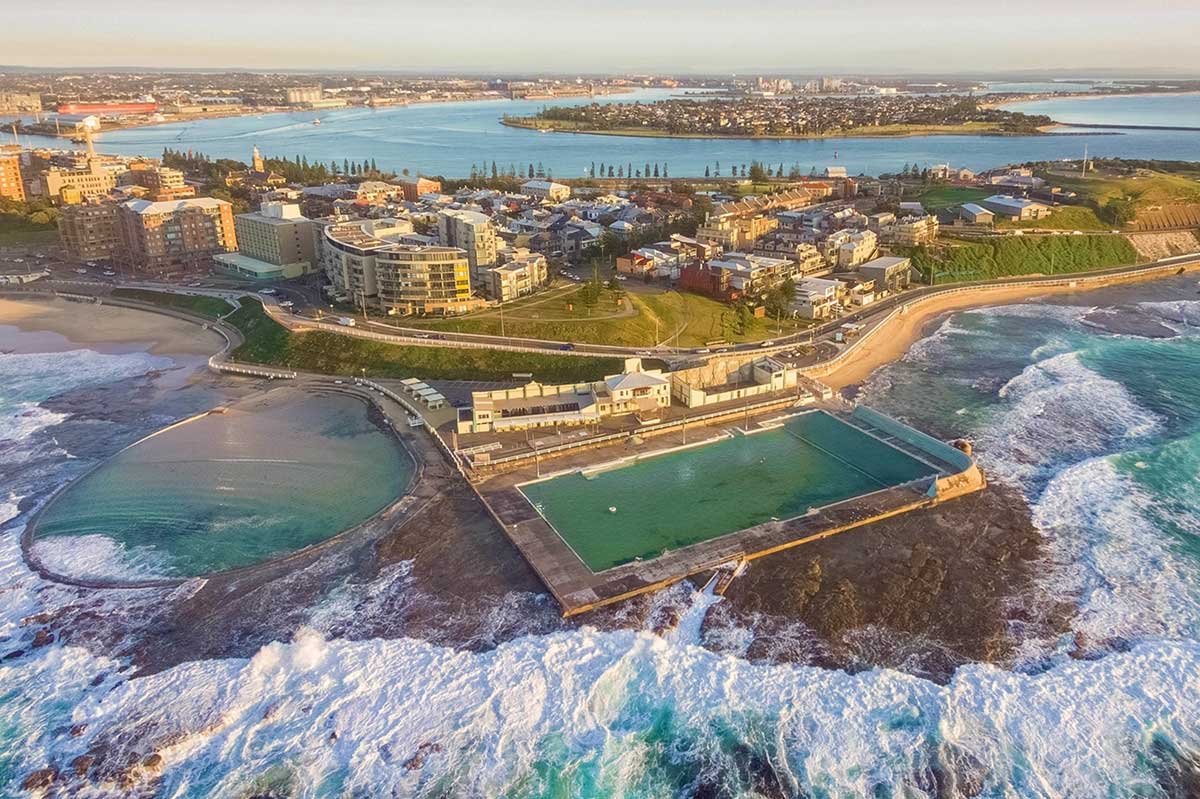
Newcastle, New South Wales
The Results of the August 2021 census were made public on 12th July 2022, and revealed that Australia has become a majority migrant nation, as the census data shows for the first time that more than 50 per cent of residents were born overseas or have an immigrant parent. Last year’s census counted nearly 25.5 million people, including 1 million new residents.
Australia’s 2023-24 Migration Program has been carefully designed to boost the social and economic outcomes that meet Australia’s needs. In fact, the migration programme was first launched in 1945 following the aftermath of World War 2. Given this long history, it is worth understanding how it works. The Australian Immigration Bulletin exists to help explain this in more detail.
As we’ve entered the 1st month of the year, join us for a look at the latest news and developments in the world of Australian Immigration!
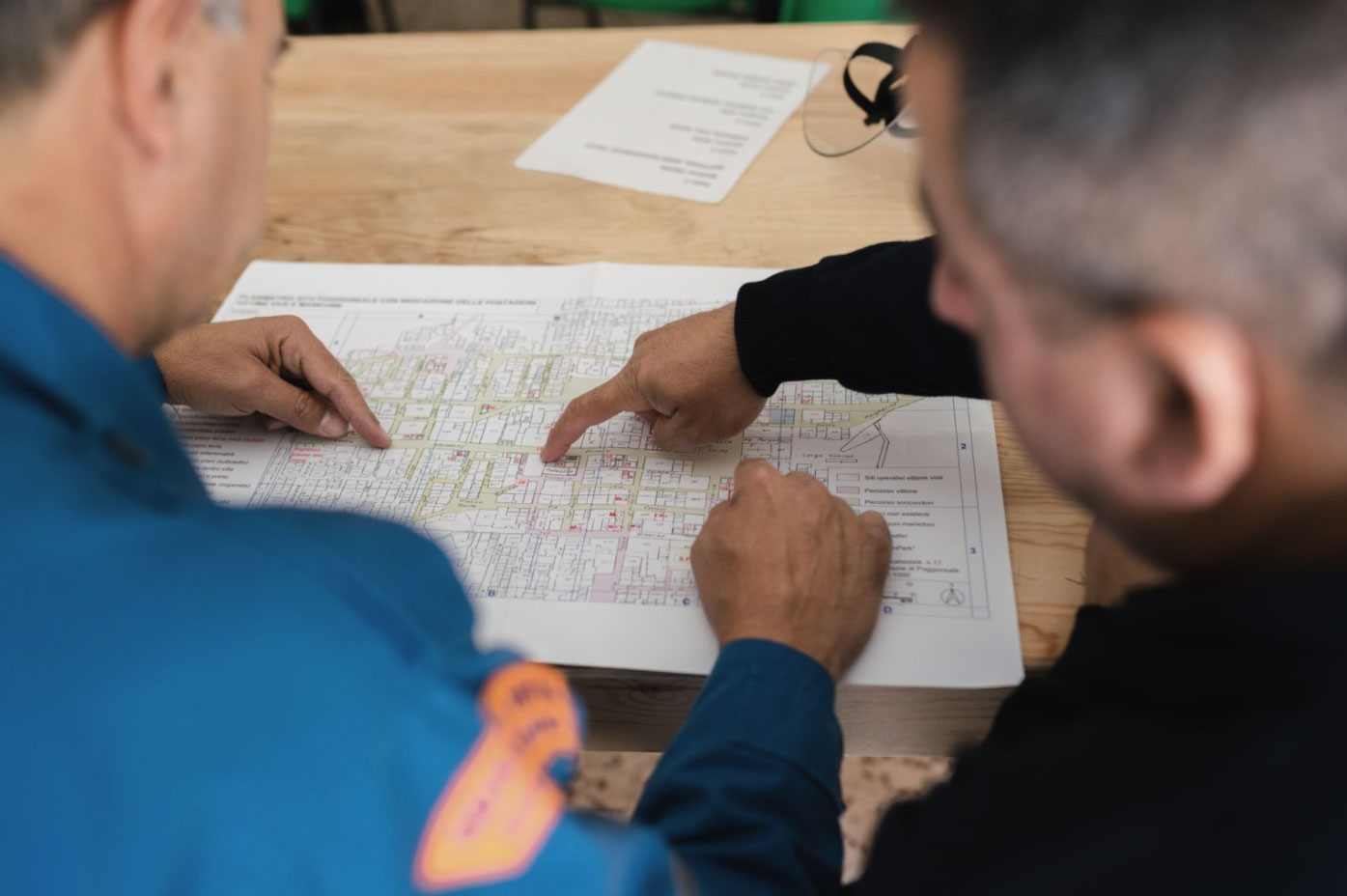
We spoke with Van, a skilled migrant and civil engineer currently working for a private company in Australia.
What can a migrant do to be competitive in Australia?
There are a few things a skilled migrant can do to be competitive in Australia in general.
The most important thing is to improve English (although it might sound obvious as we live in an English speaking country). The second thing is that you have to be immersed in the Australian culture. The ways of work might be different and you have to adapt to that and learn how to work in a team.
Then you have to adapt to the work environment. Humility is the most important thing.
What could be a solution for migrants with no Australian experience?
Well many companies like to also hire people through referral programs.
Usually, the Australian companies have an internal referral program, where a new candidate is referred by an existing employee. If a migrant is finding it difficult to find work, then my advice in this situation is to try to take up some volunteering work. That way you can immerse yourself in Australian working culture and get some experience. Even if this experience is not directly relevant to your profession, you can improve some of the soft skills like communication, working in the team, case management, or project management. Those can be stepping stones on your way to getting a dream job.
Could you please talk a little bit about the recruitment process based on your experience?
My second job was with my local government department. I found this position in the graduate program section of the JumpStart website and applied for it. Usually, to apply for a job in the public sector, you need to complete the Selection Criteria. The government would assess your responses and if you satisfy all the requirements, they will invite you for the interview. During the interview, you can be asked similar questions to those in the Selection Criteria.
What challenges did you face as a migrant working in a new country? What are some of the things migrants can do to adapt to these challenges?
I hadn’t known much English before I came to Australia, that was my biggest challenge. The second one was culture. Coming from an Asian country, I had to adapt to Western culture.
The best thing to do is to create your network, be present on LinkedIn, a dimension where you actually can try to reach local communities seeking opportunities. After doing some volunteering and entry-level jobs, you will have a chance to finally get to your dream job, and prove yourself to be successful working in Australia.

The Australian Government has increased its net migration forecast by 80,000 people as departures remain low.
The Australian government has updated its mid-year fiscal forecast that net migration will climb to 340,000 this financial year, as it revises its estimate outlined in the last federal budget.
The Treasurer said net overseas migration (the difference between long-term and permanent departures) had peaked following the post-pandemic surge but was declining at a slower rate due to slow departures.
“So we’re making progress managing that net overseas migration level. It’s coming down slower than what was anticipated in the budget, really for one main reason, and that is because there have been fewer departures,” Dr Chalmers said.
The mid-year economic and fiscal outlook estimated that net migration would reach 255,000 in 2025 and 225,000 in the two years following.
“We anticipated that what we see in the numbers today is a huge upgrade in those numbers and we have seen exactly that,” Mr Taylor said.
But even those upwardly revised forecasts could end up being way off with 448,090 migrants arriving in Australia, on a permanent and long-term basis, in the year to October 2024.
This net figure, factoring in departures, was closer to the record-high intake of 548,800 in the year to September 2023, and it was also higher than the 445,600 level for July 2023- July 2024.
The government committed $2.5bn over the medium term in the mid-year budget update to implement its new “managed growth funding” system.
The figure will also fund its new needs-based funding system to support students from disadvantaged backgrounds into higher education.

In July 2023- July 2024, net overseas migration to Australia dropped to 446,000 from 536,000 in the previous financial year, marking the first decline since the country reopened its borders after the Covid-19 pandemic. However, India remained the leading source country for immigrants to Australia.
The net number of overseas migrants to Australia dropped to 446,000 in the financial year 2023-24, compared to 536,000 in 2022-23, marking the first decline since the country re-opened its borders after the Covid-19 pandemic, according to data released by the Australian Bureau of Statistics (ABS). However, Indians topped the chart for arrivals to Australia, primarily due to the large number of international students who go to Australia for their higher education.
In 2023-24 alone, the number of migrant arrivals decreased to 667,000, down from 739,000 the previous year, reflecting a 10% overall decline in migrant arrivals.
The decrease in net overseas migration might be due to a sharp increase in the fees for student visas. A rise of 125% has been seen.
This is after the Australian government announced this year that it would more than double visa fees for international students, raising them from AUD 710 (USD 473) to AUD 1,600 (USD1,068), starting July 1.
Australia is taking in about half of the world’s working holidaymakers in a strong jobs market. One country is leading the surge.
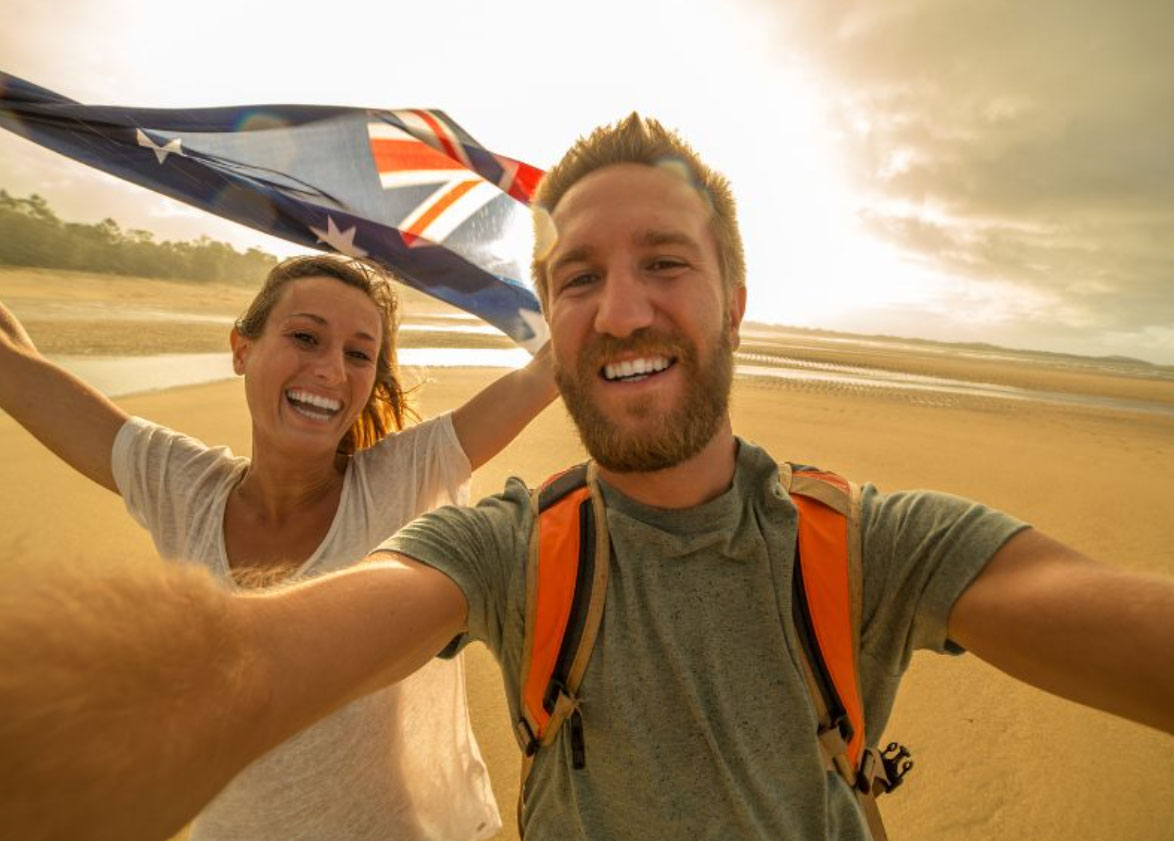
Australia is welcoming a record number of working holidaymakers into the country – with numbers surpassing 200,000 for the first time – as a strong labour market and a surge of British backpackers boost the ranks of working travellers this summer.
There were a record 213,400 people on working holidaymaker visas in Australia at the end of November – 43,000 more than last Christmas and 72,300 more than the pre-COVID level of 141,100 in December 2019. Last year, Australia took in about half of the world’s working travellers.
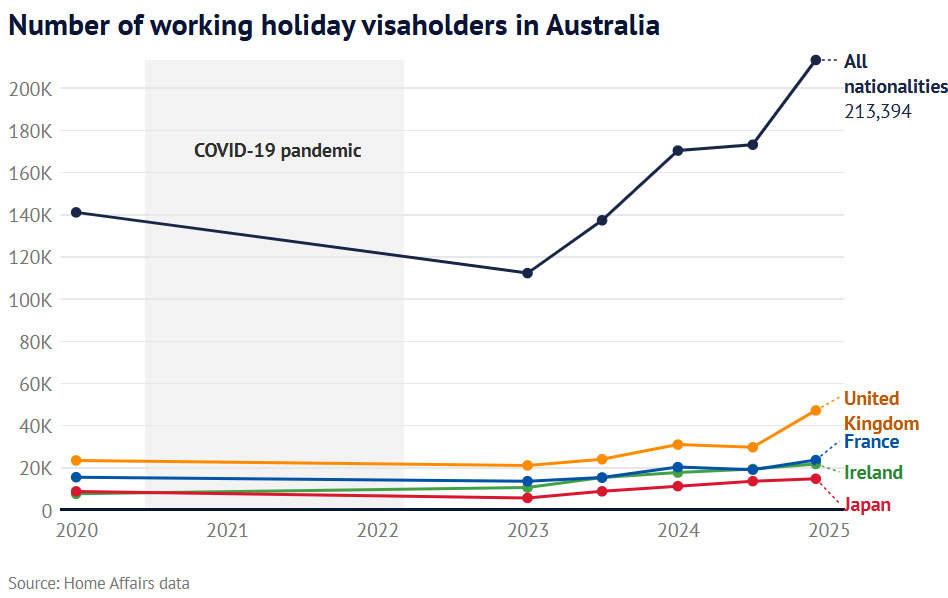
Former immigration department official Abul Rizvi said Australia had set records for working holidaymakers throughout 2024, which is a boom to regional industries.
“It’s happened for several reasons,” Rizvi said. “Over the last decade, we have signed up for a large number of new working holidaymaker agreements with a lot of countries.
“Another reason would be our strong labour market. You can get a pretty well-paying job for a long time.”
There was also a record number of working holidaymakers from France (23,700) and Ireland (21,800) in November. A further 14,800 were from Japan, 13,400 from Taiwan, 13,200 from Italy and 12,700 from South Korea.

British working tourists have led the surge, almost doubling in number under phased changes from the Morrison government’s trade agreement with the United Kingdom.
It raised the age from 30 to 35, allowed three-year stays and no longer required 88 days of regional work.
There were 47,000 British working travellers in Australia this November, up from 31,000 last December and 21,000 the year before.
Matt Titchen, Jodie Sharpe and Jessica Davies are among them. They were with hundreds of UK nationals celebrating Christmas at Sydney’s Bronte beach this year.
Titchen, who recently turned 30, said he would have been close to the cut-off age if the new UK agreement had not changed the criteria. “If I had to do the 88 days [of regional work], that still wouldn’t really concern me too much. I would definitely consider staying,” he said.
But Sharpe, 27, who works as an anaesthetic technician at a Sydney hospital, was glad to skip it. She said it had been a seamless transition from working in a hospital in Wales.
Her colleague Davies, a 27-year-old children’s nurse, agreed. “Especially in healthcare, a lot of our systems and how we train as nurses is quite similar to over here compared to other healthcare structures across Europe,” she said.
Celebrating Christmas in Melbourne was 24-year-old Henry Lanyon, who arrived from London in April. After working as a removalist in Brisbane to save money, he’s preparing to travel up the east coast.
While Lanyon came for a short-term adventure, he is considering a longer stay. “Initially, I just came out here because I wanted to do something, and Australia seemed like a good place,” he said.
“But I’ve been thinking about extending, and I think the visa changes have definitely influenced it because it’s just easy. I don’t have to worry about doing 88 days somewhere. I can just extend.
“There’s not much of a cultural shift, and it’s very easy to get visas. Loads of people have friends here already, and it’s quite a cool country as well – there’s lots of stuff to see.”
His friend, Thomas Leach, 23, is thinking ahead despite arriving in Australia just a few days ago. “There’s an assumption that the lifestyle here is better than back home, and all the people staying here are evidence of that,” he said.
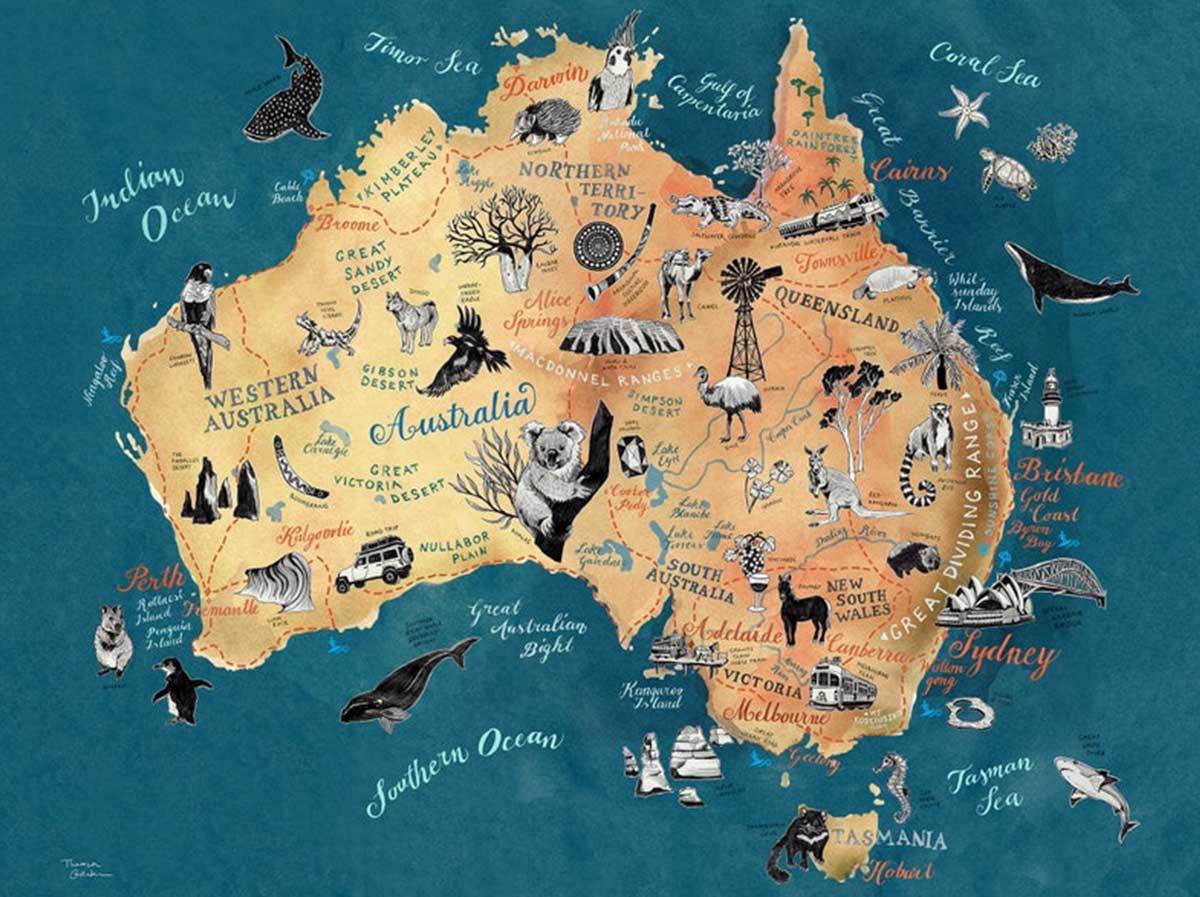
If you are interested in applying for a general skilled migration visa to Australia, it is important to have a good understanding of the skilled visa options and how the migration points test works, so that you can maximise your chances of being eligible to apply for a skilled visa.
A general skilled migration visa is an option available to skilled workers who are seeking to qualify for a skilled visa independently, or under a state or family sponsorship. It is an alternative to an employer sponsored visa.
One of the key criteria to qualify for a general skilled migration visa is the points test (a criterion that does not apply to employer sponsored visas). This is often the most challenging aspect for prospective skilled visa applicants to overcome when seeking an invitation to apply for the relevant skilled visa.
If you are considering applying for a general skilled migration program visa, an important concept to understand is the Expression Of Interest (EOI).
If you are considering applying for a general skilled migration visa, it is important to be aware that for certain visas in this visa class, you will first be required to lodge an EOI with the Department of Home Affairs (the Department) through SkillSelect. The EOI is not a visa application, but rather, it is the process by which you can express your interest in applying for the relevant skilled visa (It’s important to note, that there is NO fee to submit an EOI).
This requirement applies to the following skilled visa subclasses:
Let’s take a brief look at each of these visas below:
The ‘subclass 189’ is a federal sponsored visa that grants automatic permanent residence in Australia. It is subject to nil visa conditions or obligations. For this reason, it is often considered to be the most flexible of the skilled visa options available.
A subclass 189 points-based visa allows you to live and work in any state or territory permanently.
The ‘subclass 190’ is a state/ territory sponsored permanent residence visa. It is another points-based visa for which invitations are issued throughout each month by individual states and territories. One of the benefits of applying for state nomination is that you will be granted an additional 5 points.
An important aspect to consider, which does not apply to the subclass 189 visa is that there is an added step in the application process. In this case, you must also apply for nomination approval to a state or territory government. Only upon receipt of an invitation from the relevant state or territory to which you apply can you then apply to the Department for the visa itself.
Your obligations as a subclass 190 visa holder are that you must commit to your nominating jurisdiction’s obligations and commit to residing in your nominating State or Territory for two years from visa grant.
The ‘subclass 491’ is also a points-based state/ territory (or family) sponsored visa. It is a regional visa with a term of five years. The Department issues invitations for family sponsored EOI applications only (in invitation rounds). Invitations for state sponsorship are issued by individual states and territories throughout each month. This will grant you an additional 15 points for the nomination.
Being a provisional visa, this means it provides a pathway to permanent residence in Australia with the Subclass 191 Permanent Residence (Skilled Regional) visa, subject to meeting specified requirements.
Be mindful that as a subclass 491 visa holder, you must abide by visa condition 8579, which requires you to live, work and study in a designated regional area of Australia. For migration purposes, most locations of Australia outside of major cities (Sydney, Melbourne, Brisbane, Perth, etc.) are classed as regional areas.
If your EOI is successful, you will receive an invitation to apply for the visa, as specified in the invitation letter. This then enables you to proceed with lodgement of your visa application (provided you meet all other visa lodgement and visa grant requirements).
Please note, the below State and Territory program updates is a general overview only. It does not take into account any of your personal circumstances. You must check the State/Territory information carefully to ensure you can meet all the requirements for nomination.
Australia is currently facing a shortage of skilled migrants to fill workforce demands. In response, states and territories have been easing the conditions of their visa programs to help attract skilled workers from overseas.
Below is the monthly update for some of the State and Territory opportunities available.
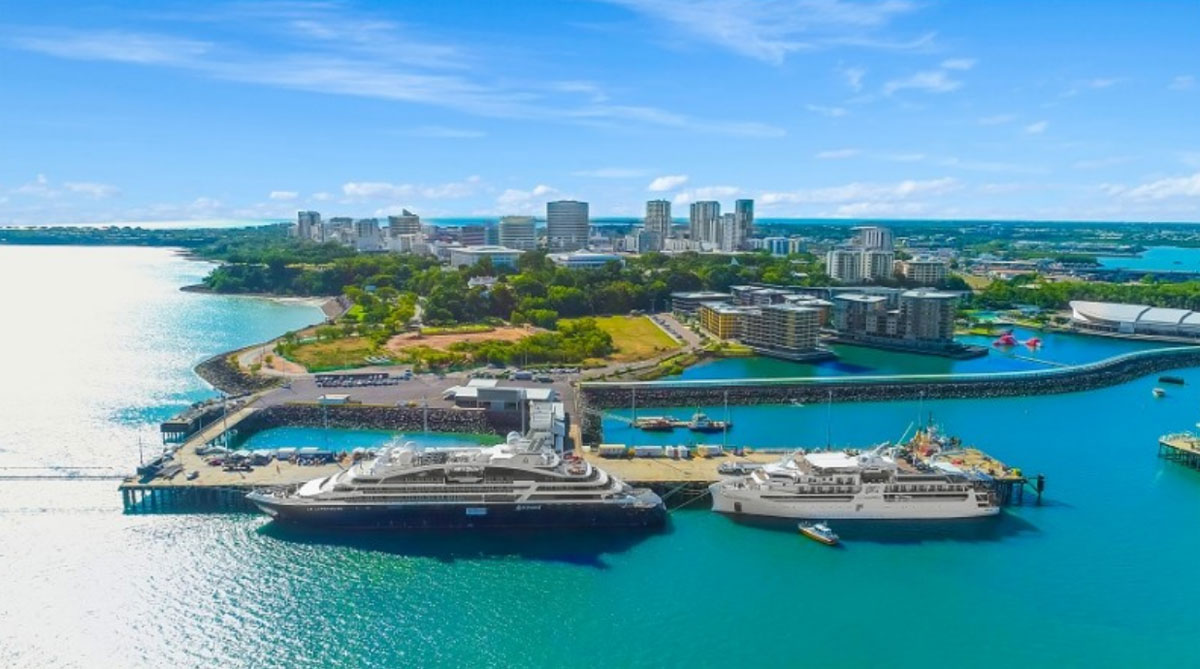
Program Status Update
UPDATE: Northern Territory General Skilled Migration (GSM) nomination applications for 2024-25
Please note Migration NT is continuing to receive and assess onshore applications for nomination. Offshore applications will be reopened on Wednesday 14 August 2024 but only for the NT Family Stream and Job Offer Stream. Due to the significant volume of applications received to date, the Priority Occupations Stream will remain suspended for the time being. Existing offshore applications made under the Priority Occupations Stream will continue to be assessed. However, please note that there are likely to be significant delays in assessing these applications.
Once the above mentioned temporary suspension is lifted, you may be able to proceed with the NT’s usual skilled migration program. Program details below:
People residing offshore are eligible to be considered for Northern Territory (NT) nomination. Invitations to apply for Northern Territory nomination will be via the ranking system.
The ‘Northern Territory Offshore Migration Occupation List’ identifies the occupations in current demand in the Northern Territory. This List is important if you want to apply for Northern Territory nomination for either a:
The ‘Northern Territory Offshore Migration Occupation List’ is only applicable for those applying for NT nomination from outside Australia, under the Priority Occupation stream.
Please note: The Northern Territory government has advised that offshore applicants will generally only be offered a Northern Territory nomination for a subclass 491 visa. Subclass 190 nominations will only be offered in exceptional circumstances, such as cases where the applicant has strong connections to the NT.
The NT advises eligible applicants to apply as soon as they meet the eligibility criteria. To receive a nomination from the NT Government, you must:
Before submitting an EOI for The Northern Territory, applicants should check that they meet all eligibility requirements.
For a further explanation, see the Frequently Asked Questions page on the Northern Territory Government website.
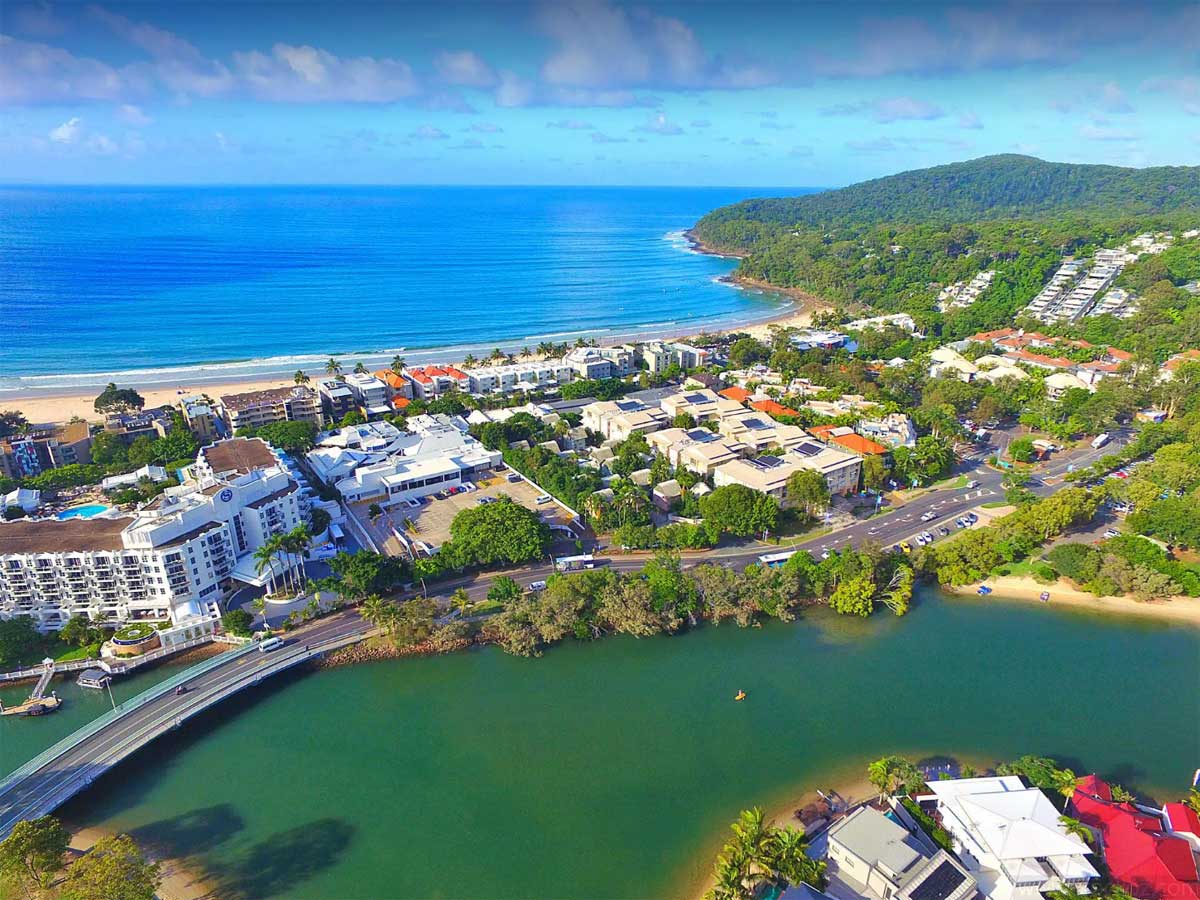
Program Status Update
To manage Queensland’s COVID recovery response, applicants currently residing offshore are now able to apply.
Depending on your occupation and situation, there are two state nomination options available for skilled migrants through Queensland.
For Queensland state nomination, prospective applicants must meet the Department of Home Affairs requirements, state-specific occupation requirements and have skills in an occupation that is available on the Queensland Skilled Occupation List.
You may undertake employment once onshore in Queensland through:
Offshore applicants meeting the minimum published requirements are eligible to lodge an Expression of Interest (EOI) on SkillSelect and then a Registration of Interest (ROI) on the Migration Queensland portal.
Migration Queensland has opened the 2024-25 State Nominated Migration Program. For more information, please see here.
NOTE: To be eligible for Queensland’s 2024-25 program, your EOI must be submitted on or after 13 September 2024.
Migration Queensland criteria requires you to:
The 2024-25 Skilled Migration Program is open to both onshore and offshore applicants and provides pathways for skilled workers, graduates, and small business owners.
Before submitting a Registration of Interest (ROI) for Queensland, applicants should check that they meet all eligibility requirements.
Note: In the EOI, select ‘Queensland’ as the only state of interest in the EOI, if you wish to be considered for an invitation to apply for Queensland nomination.
For a further explanation, see the Frequently Asked Questions page on the Queensland Government website.

Program Status Update
Open to offshore applicants, the program provides skilled migrants with a pathway to permanent residency in Victoria. The skills that successful applicants bring to Victoria benefits employers and the broader Victorian economy.
The program provides two visa pathways:
As with previous years, applicants will first need to submit a Registration of Interest (ROI) and then be selected on competitive merit to apply for visa nomination.
To be invited to apply for Victorian skilled visa nomination, you must firstly make or update an Expression of Interest (EOI) via the Australian Government’s SkillSelect and then submit a Registration of Interest (ROI).
NOTE: If you previously submitted a ROI and wish to be considered for invitation in the 2024-25 program, you must submit a new ROI.
Both onshore and offshore applicants are eligible to submit a Registration of Interest (ROI) for both the subclass 190 and subclass 491 visas.
Your ROI will remain in the system for selection until it is withdrawn, selected or the program year ends.
Before submitting an ROI for Victoria, applicants should check that they meet all eligibility requirements.
For a further explanation, see the Frequently Asked Questions page on the Victoria Government website.
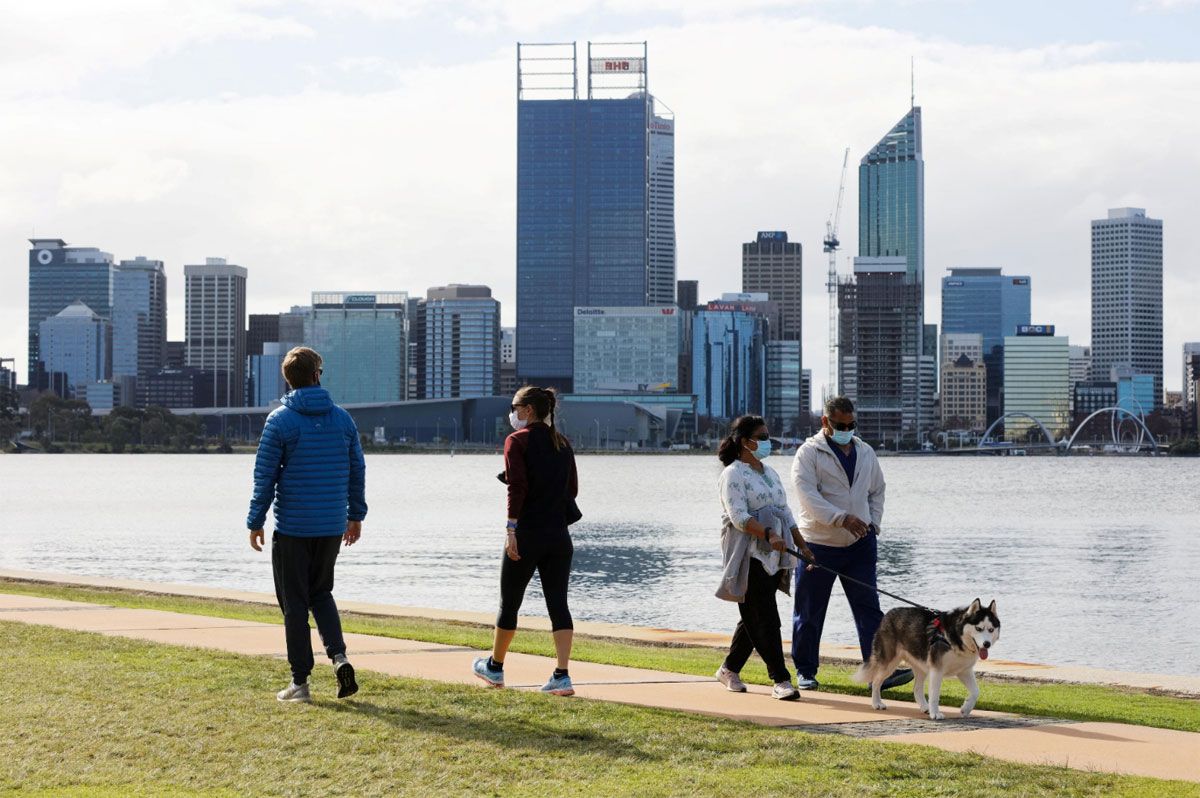
Program Status Update
People residing offshore are eligible to be considered for Western Australia (WA) State nomination. Invitations to apply for WA State nomination will be via the ranking system.
The Western Australian Skilled Migration Occupation List identifies the occupations in current demand in Western Australia. This List is important if you want to apply for Western Australia nomination for either a:
Please note that to be eligible for an invitation in the WA State Nominated Migration Program, you must meet both:
Before starting your application, you will need to check whether your occupation is available on either the WA Skilled migration occupation list (WASMOL) Schedule 1 or 2, or the Graduate occupation list. You can search for your occupation here. (The occupation list search bar is located under the heading ‘Eligible Occupations’.)
Features of the WA 2024-25 State Nominated Migration Program:
Before submitting an EOI for Western Australia, applicants should check that they meet all eligibility requirements.
For a further explanation, see the Frequently Asked Questions page on the Western Australia Government website.

Program Status Update
The ACT Critical Skills List identifies the occupations in current demand in the ACT. This List is important if you want to apply for ACT nomination for either a:
The ACT Government will update this list every four months to make sure that the ACT Skilled Migration Program adapts and responds to the evolving critical skills needs of the ACT economy.
The Canberra Matrix is weighted to ensure that applicants who will make a positive economic contribution to the Territory and/or have demonstrated a genuine commitment to the ACT are more likely to be ranked and invited to apply for ACT nomination.
*ACT nomination does not guarantee a migration outcome. You must still meet the Department of Home Affairs criteria.
Every month, a certain number of nomination invitations are available (prorated on the annual allocation) to those working in the highest ranked Matrix in each occupation.
You can view the ACT’s most in-demand skills for skilled migration by consulting the ACT Critical Skills List.
Before submitting an EOI for The Australian Capital Territory, applicants should check that they meet all eligibility requirements.
Once you’ve submitted a valid Department of Home Affairs Skill Select EOI, follow the ACT Government Process to apply for ACT nomination.
For a further explanation, see the Resources page on the ACT Government website.
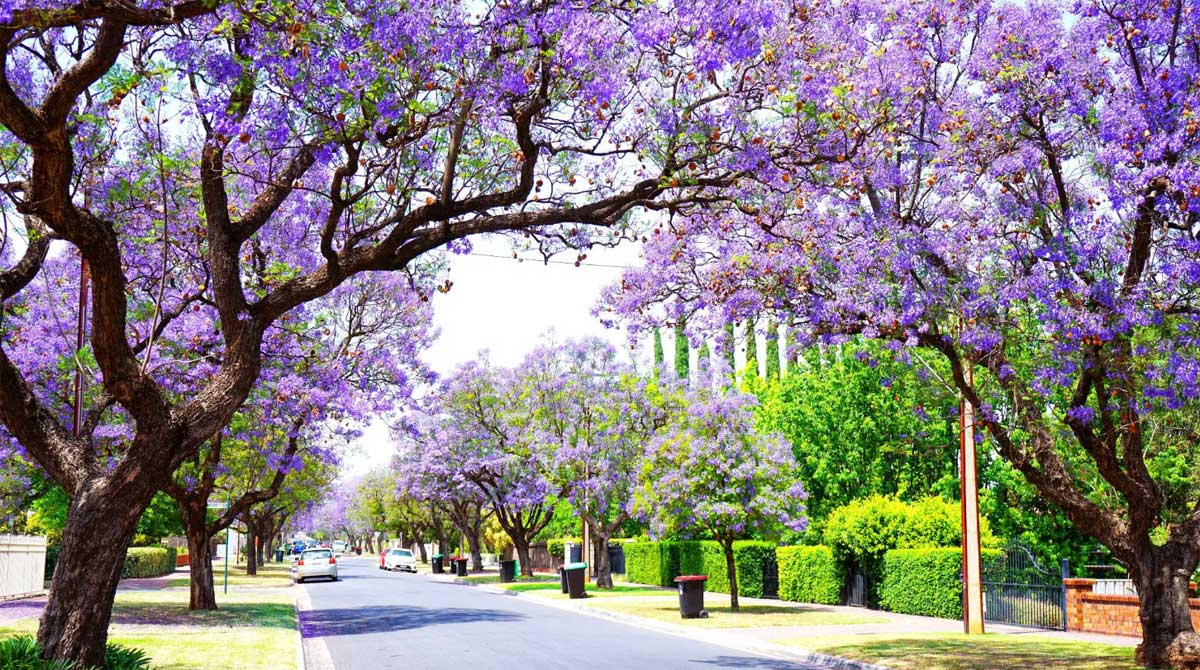
Program Status Update
To manage South Australia’s COVID recovery response, applicants currently residing offshore are able to apply.
Depending on your occupation and situation, there are two state nomination options available for skilled migrants through South Australia.
For South Australian state nomination, prospective applicants must meet the Department of Home Affairs requirements, state-specific occupation requirements and have skills in an occupation that is available on the South Australian Skilled Occupation List. Offshore applicants meeting the minimum published requirements can now lodge an Expression of Interest (EOI).
There is an enormous range of occupations on South Australia’s Skilled Migration Occupation List in a range of industries – search for your occupation here.
South Australia will select offshore applicants to apply for state nomination from those who have submitted an Expression of Interest (EOI) through SkillSelect. Offshore applicants will not need to lodge a Registration of Interest (ROI) for this year’s program. South Australia will be nominating offshore applicants from over 250 occupations on South Australia’s Skilled Migration Occupation List.
If you are currently residing offshore and seeking to move to South Australia, the first step is to create an Expression of Interest (EOI) in SkillSelect ensuring you select South Australia as your first preferred State or Territory.
The South Australian Government can then review your EOI for consideration under the Skilled Nominated (Permanent) visa (subclass 190) or Skilled Work Regional (Provisional) visa (Subclass 491).
For most occupations, applicants must have a minimum of three years of skilled employment in their nominated or related occupation within the last 5 years to secure an invitation to apply for SA nomination.
South Australia will be assessing candidates on merit by the following factors:
For occupations in the construction trades (as listed here) applicants must have a minimum of one year of skilled employment in their nominated or related occupation within the last 3 years.
Applicants in the construction trades will be assessed on merit by the following factors:
Before submitting an EOI for South Australia, applicants should check that they meet all eligibility requirements.
For a further explanation, see the Frequently Asked Questions page on the South Australia Government website.
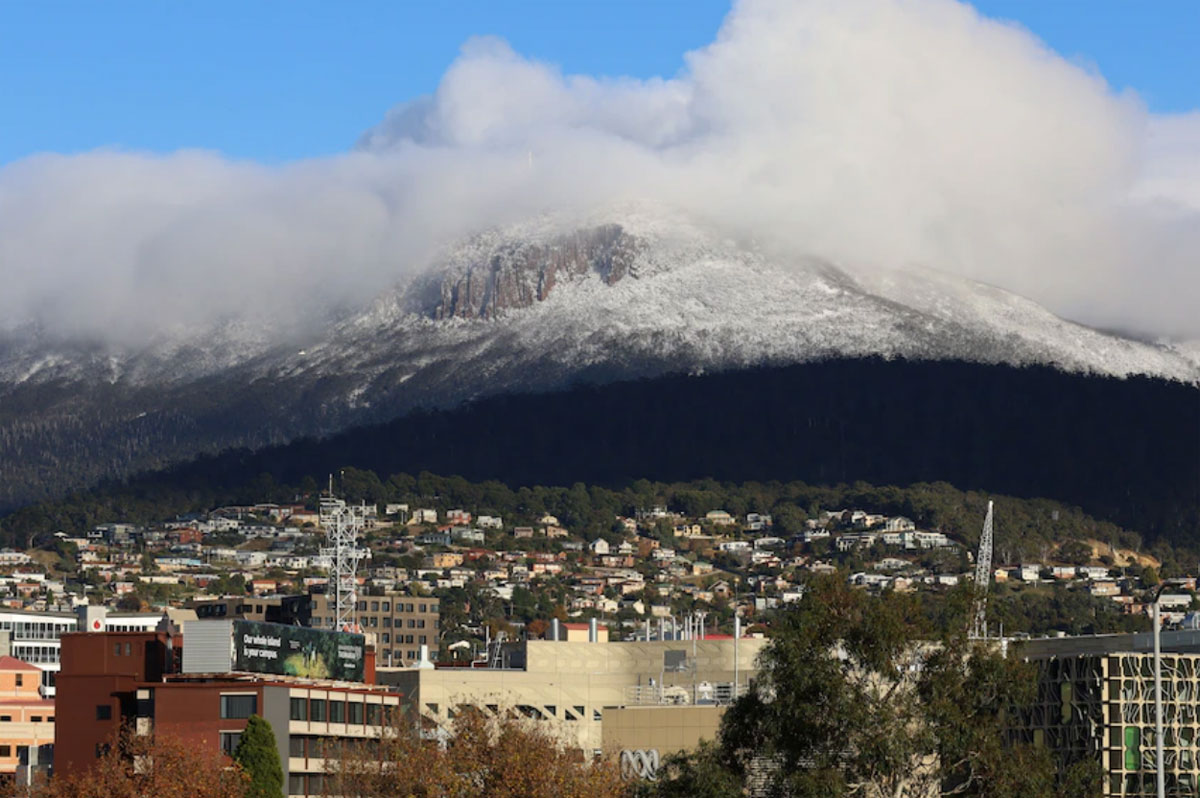
Program Status Update
Working in Tasmania
The two state nomination options available for skilled migrants through Tasmania are:
The Tasmanian State Nomination Skilled Migration Program supports Tasmanian businesses and increases the state’s working age population. It does this by attracting and retaining migrants with skills genuinely in need by employers, or with the capacity to settle in Tasmania through skilled employment in the long-term, and business activities that will increase employment opportunities.
Tasmania’s skilled migration program is for people wanting to move to the state who have skills that Tasmania need. Skilled migrants are attracted to Tasmania because of the state’s enviable lifestyle, career opportunities, affordable housing, reputable schools and a globally recognised university.
The Migration Tasmania Application Gateway is now available for registrations of interest (ROI) and applications for skilled visa nomination from Tasmania.
Anyone seeking Tasmanian nomination for a Subclass 190 Skilled Nominated Visa or Subclass 491 Skilled Work Regional Visa must first register in the Migration Tasmania Application Gateway .
Before submitting an ROI for Tasmania, applicants should check that they meet all eligibility requirements for either;
For a further explanation, see the Frequently Asked Questions page on the Tasmania Government website.
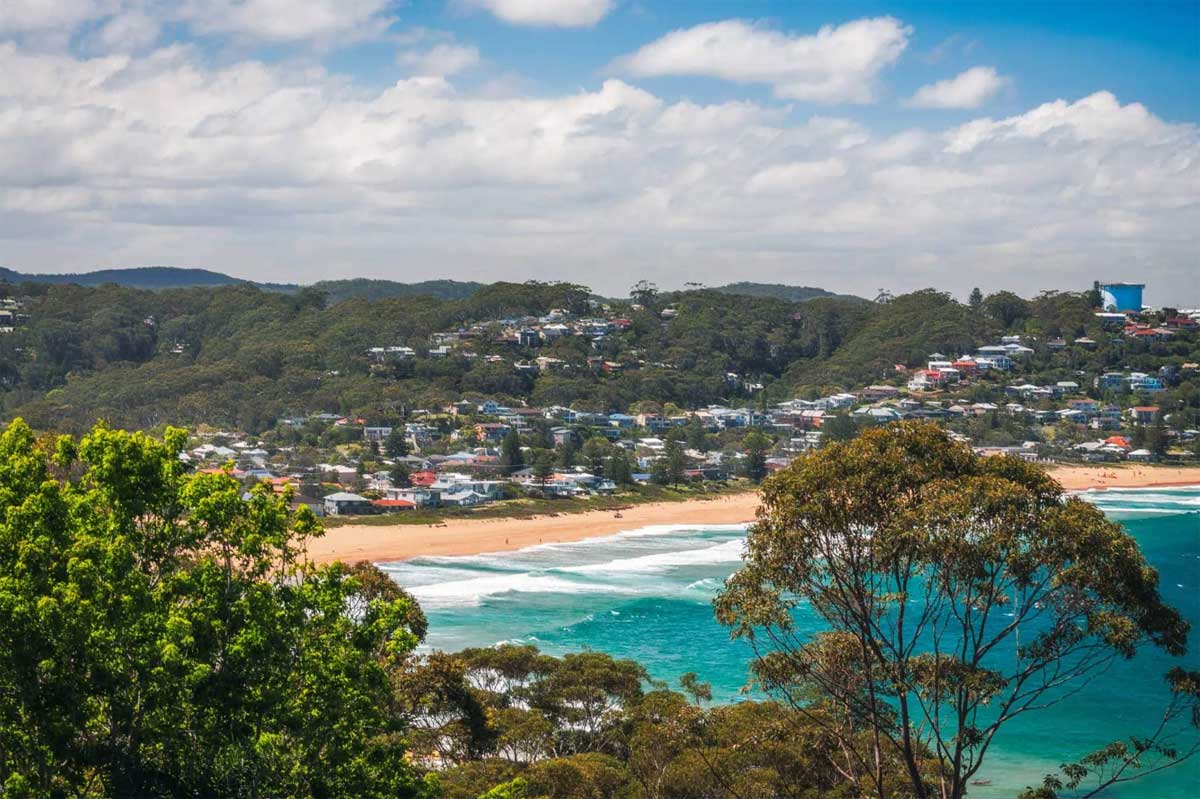
Program Status Update
The New South Wales government has invited applications from offshore migrants under the following nomination streams:
The NSW State Government announced that offshore applicants skilled in certain ANZSCO unit groups are eligible for NSW nomination.
*Please note: Invitation rounds occur frequently throughout the financial year with no set date.
NSW invites and nominates SkillSelect EOIs at the ANZSCO unit group level. To be eligible for NSW nomination (for either Subclass 190 or Subclass 491), your occupation must fall within an ANZSCO unit group identified on the NSW Skills List which reflects skills in high demand across the state, and be eligible for the visa.
Before submitting an EOI for New South Wales, applicants should check that they meet all eligibility requirements for either;
For a further explanation of how the skills list works, see the Common questions about skilled visas page on the NSW Government website.

Australia’s economic growth prospects are improving but the Organisation for Economic Co-operation and Development warns slow immigration and escalating global trade tensions pose risks.
Outlining the threats to Australia’s economic growth profile, the Paris-based organisation said weaker immigration could come at a cost.
“Policymakers should beware, an abrupt slowing of immigration would hinder consumption growth,” the outlook read.
Immigration can help countries like Australia deal with labour shortages in part caused by aging populations, the international body says.
As well as the possibility of an abrupt fall in immigration posing a risk to the nation’s growth prospects, the OECD warned inflation could stay higher than expected and prolong the wait for interest rate cuts.
Interest rate cuts were possible “in the coming quarters”, though unexpectedly stubborn services inflation could delay or slow the easing cycle.
“An easing of monetary policy should be possible in the coming quarters but may have to be slowed if services inflation remains elevated or if external developments result in further depreciation of the Australian dollar and upward pressure on goods prices,” the report says.
In addition, as a small open economy, Australia was exposed to rising global trade tensions and a weaker Chinese economy.
The international body’s analysis landed after Australia’s weaker-than-expected economic growth report for the September quarter.
The economy expanded 0.8 per cent through the year to September, down from one per cent in June.
While a slightly weaker growth result than the Reserve Bank of Australia was anticipating, economists highlighted ongoing weakness in productivity growth as a lurking inflation risk that would keep the central bank cautious.
The OECD expects Australia’s weak economy to improve on expectations of interest rate cuts next year as well as improving real wages, income tax cuts and extended energy payment assistance.
Its projecting GDP growth to pick up to 1.9 per cent in 2025 and 2.5 per cent in 2026.
While the OECD observed strong public spending was helping offset weak private consumption, it called for a “a degree of consolidation” in the medium term to deal with the looming budgetary pressures of an aging population.
SEEK has revealed the sectors that will likely be crying out for workers in 2025 and the salaries can be well above the median.

New data has revealed which Aussie industries will be looking for workers in 2025. Some have struggled to nab a role in the competitive job market, especially with the emergence of ghost ads.
SEEK has crunched the numbers on available job adverts and changes across different Australian industries to work out what will be the most in-demand sectors for next year. SEEK senior economist Blair Chapman says one industry stood above the rest.
“The healthcare and social assistance industry has been responsible for a large share of employment growth over the last decade, and this is likely to continue in 2025,” he said.
“The number of older Australians continues to grow alongside an increasing awareness of mental health and behavioural conditions, driving an ongoing demand for care workers and this is unlikely to end anytime soon.
“As such, demand for registered nurses, aged and disabled carers and child carers all grew quickly in 2024 and remain in hot demand as we move toward 2025.”
The average salary for a registered nurse in Australia ranges from $85,000 to $95,000, according to SEEK, while aged and disabled carers can earn between $75,000 to $85,000.
Child care workers also secured a pay deal earlier this year that will increase their salaries by 15 per cent over the next two years.
Wages will jump 10 per cent this month, which will boost their pay by at least $103 per week, and a further 5 per cent in 12 months.
That will take the total wage rise to $155 per week.
If you’re not in the healthcare sector, fear not, as there are other industries tipped to be in demand next year:
“Employment for programmers and data scientists is likely to continue growing quickly as businesses look to keep up with the increasing use of AI by their employees, clients and competitors,” Chapman said.
“The use of online delivery services will continue to drive demand for workers in the logistics sector, so it is likely that demand for truck drivers and warehouse staff like store persons and forklift drivers will remain elevated in 2025.
“With cost-of-living pressures expected to ease and the potential for interest rate cuts in 2025, the demand for retail and hospitality workers should pick up in 2025 as households have a little more disposable income to spend.”
According to SEEK, the average data scientist can earn upwards of $135,000, while a programmer pulls in up to $95,000.
Truck drivers earn between $70,000 to $85,000 and forklift drivers are lower paid on $60,000 to $70,000.
Retail and hospitality staff are usually paid the minimum wage at $24.10 per hour, but there are jobs available that will pay higher than that.
The median Aussie salary at the moment is $67,600 per year, according to the Australian Bureau of Statistics.
Trades and services make up the largest portion of ads on SEEK at 13.1 per cent, showing how valuable and in-demand the building sector is at the moment.
Healthcare and medical came in second at 11.5 per cent, followed by manufacturing, transport and logistics (8.1 per cent), education and training (6.1 per cent), and hospitality and tourism (5.7 per cent).
A cardiac sonographer said she had no trouble finding a job in the industry and explained why she loves the work.

A Sydney worker has revealed the little-known medical job that pays extremely well that is facing a “huge shortage”. The woman was stopped on Bondi Beach and said most people think it’s only doctors and nurses that are needed in hospitals at the moment.
But the cardiac sonographer said she could earn upwards of $95 per hour at her job, which is $3,800 per week, or close to $200,000 per year, based on an eight-hour shift. But she explained that her work comes with an odd type of stress.
“You’re dealing with people’s lives so if you have a bad day at work, it can be a really bad day because you might lose someone, but you’re there to help,” she said.
“And nine times out of 10, you’re making people’s lives more positive.”
How do you get into this job and how much can you make?
The woman revealed that it took five years of studying to get into her field.
According to SEEK, you usually have to complete an undergraduate degree in a field like medical radiation science or medical imaging.
This can take three to four years to complete.
After that, you then need to do a graduate diploma in medical ultrasound, which takes roughly two years part-time.
Alternatively, you could do a masters in medical sonography and then specialise in general, cardiac or vascular sonography.
“Not enough people know it, because we only had eight people in my degree,” the cardiac sonographer said.
“Everyone just thinks doctors and nurses exist in the hospital. There’s a huge shortage, I literally had no trouble finding a job out here.”
Jobs site Talent revealed an entry-level salary for a cardiac sonographer in Australia can earn around $103,019 per year, which is roughly $1,981 per week or just below $50 per hour.
The woman on Bondi said after working in the field for the last 10 years, she’s now able to command a salary of $85 to $95 per hour depending on the day.
“I love it, wouldn’t change jobs. Everyone’s aware of someone with something cardiac. It is so prevalent,” she added.

Ever wondered what life is like inside a Greek-Australian home or why the first generation of Greek migrants chose Australia? Through historic artifacts, mid-century documents, and oral histories, ‘Kalos Irthate’ unveils the stories, struggles, and traditions that shaped the lives of early Greek migrants in Australia.
The Kalos Irthate (Greek for “welcome”) exhibition offers visitors an intimate look at the Greek-Australian migrant experience, curated by Christina Savvopoulos, Jamie Gallos and John Tzelepis. Speaking about its origins, Christina explains, “The idea started when my friends and I discovered our grandparents’ migration documents—passports, government forms, and other relics. We realized these were not just personal family stories but shared histories that connected many Greek-Australian families.”
Set within her grandmother’s home, the exhibition recreates life as it was for Greek migrants in mid-20th century Melbourne. “Each room tells a chapter of the migrant journey,” Christina shares. “From original documents in the first room to my grandmother’s wedding dress in another, visitors experience the struggles, traditions, and resilience of our ancestors.”

A standout feature is a documentary blending past and present. “We interviewed Greek migrants and reflected on how their stories resonate with today’s generations,”.
One interviewee described nostalgia as “the enemy of the migrant,” a sentiment that deeply moved Christina. “It captures the bittersweet longing for a past that cannot return while forging a future in a new land.”
Christina hopes the exhibition inspires Greek-Australians to reflect on their cultural identity. “It’s about embracing both the Greek and Australian sides of who we are. Whether visitors are deeply connected to their roots or exploring them for the first time, we want them to leave with a renewed sense of belonging.”

Kalos Irthate offers a chance to step into a home steeped in history and memory. As Christina puts it, “It’s a tribute not just to our families but to an entire community’s journey and spirit.”
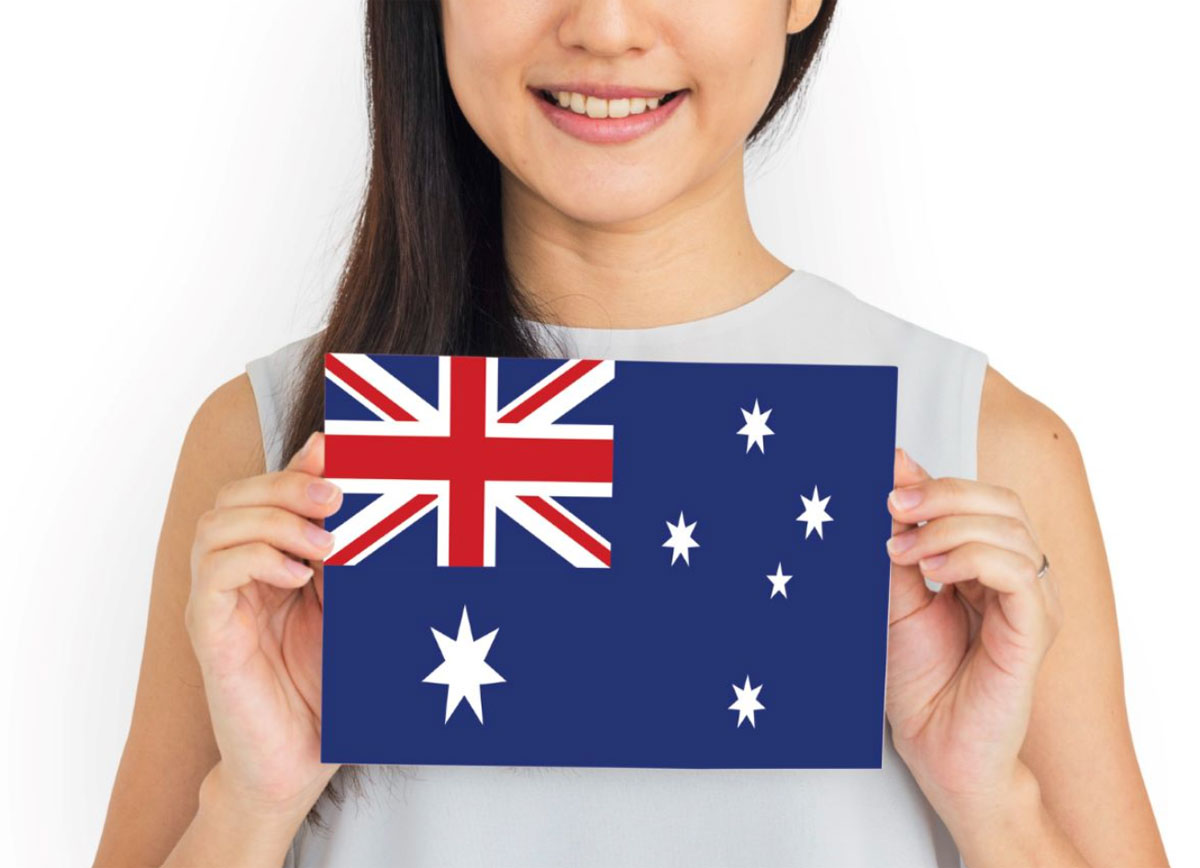
The Australian Government has revamped its student visa processing with a new prioritization system. Under the new rules, visa applications from institutions that have not yet reached 80% of their student commencement allocation will receive priority processing.
The Australian Government has introduced a new prioritization system for offshore student visa applications, aiming to ensure fairer access across educational institutions. This follows the withdrawal of the controversial student cap legislation, which faced significant opposition.
Balanced Processing Across Institutions
Visa applications for educational institutions will now be processed up to 80% of the indicative caps set by the Provider Registration and International Student Management System (PRISMS).
Once an institution reaches this threshold, its applications will be deprioritized in favor of institutions that have not yet met the cap. This rule applies exclusively to offshore student visa applications for students currently residing outside Australia.
Revocation of Student Caps
The Australian Parliament has decided not to pass the Education Services for Overseas Students (ESOS) amendment bill, which proposed caps on international student enrolments. As a result, no student caps will be enforced under the new system.
Offshore student visa applications will be assessed under two priority categories:
Priority 1
High-priority processing will be granted to applications from institutions that have not exceeded 80% of their 2025 New Overseas Student Commencements (NOSC) allocation. This includes:
Priority 2
Once an institution reaches the 80% cap, its applications will be processed under Priority 2, receiving lower prioritization until other institutions catch up.
Timely Application Submission: Applicants are encouraged to lodge their visa applications as early as possible and ensure all required information and documents are included at the time of submission.
Impact of Incomplete Applications: Delays in processing or even visa refusals can occur if applications contain errors or missing documents.
Eligibility Under New Rules: If you’ve already applied for a student visa that has not yet been finalized, your application will be assessed under the new Ministerial Direction 111.
Under this system, international students benefit from fairer processing, ensuring no institution dominates allocations. The removal of student caps adds flexibility for higher education and vocational training.
The Department of Employment and Workplace Relations has released indicative allocations for higher education and vocational training providers on its official website, providing transparency and clarity for institutions and applicants alike.
Ministerial Direction 111 marks a significant shift in Australia’s approach to student visa processing. By fostering equitable access and removing restrictive enrolment caps, the Australian Government reaffirms its commitment to welcoming international students. For those planning to study in Australia, staying informed about these changes and adhering to the application guidelines is essential for a smooth visa process.
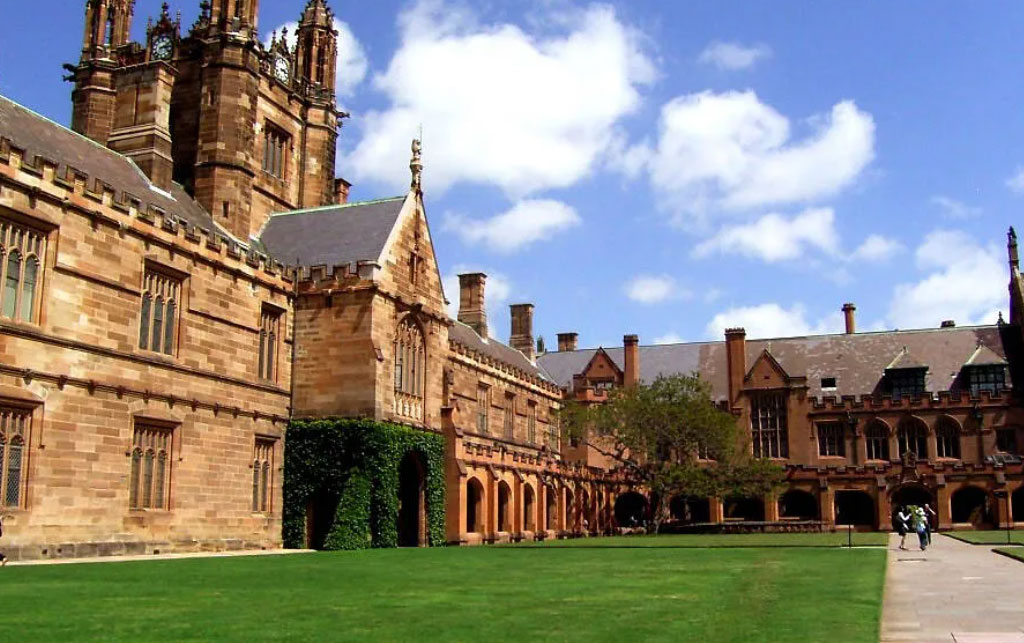
According to data from Australia’s Department of Education, China is the biggest source of international students in Australia. This is due to a combination of factors including the high quality of Australian education, geographical proximity, and the increasing wealth and middle class in China. More Chinese families are able to afford sending their children overseas for education.
Based on the latest data released from Australia’s Department of Education, as of August this year, about 174,201 international students in Australia are from China, accounting for 21.7% of the total.
The main field of education for Chinese students in Australia is Business and Management, according to Australia’s Department of Education. This is likely due to the high demand for business professionals in China’s rapidly growing economy.
According to data from Australia’s Department of Education, India is the second largest source of international students in Australia with 132,802 students, making up 16.5%.
According to the QS Best Student Cities Ranking 2025 by Quacquarelli Symonds, a higher education analytics firm, Australia currently has 5 cities in the top 50 cities with the most international students in the world, respectively Melbourne, Sydney, Brisbane, Canberra, and Perth.


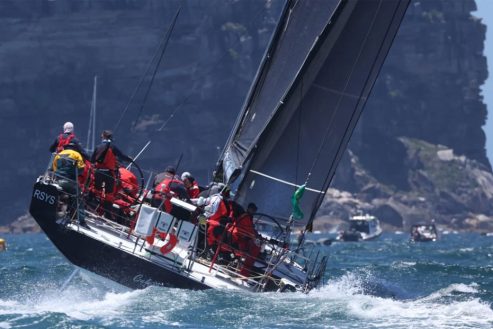


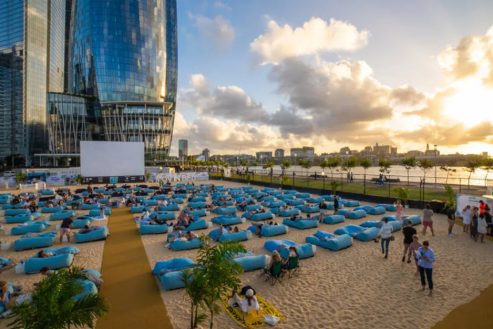

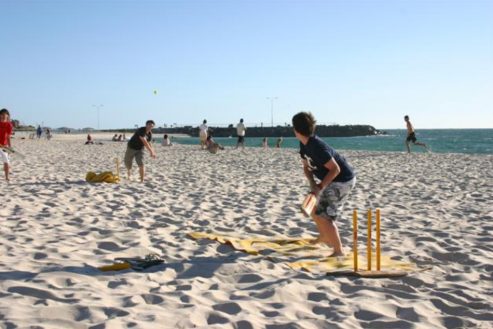
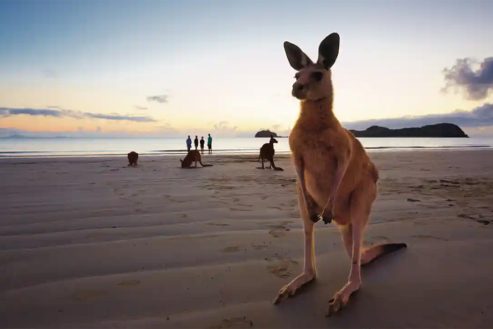
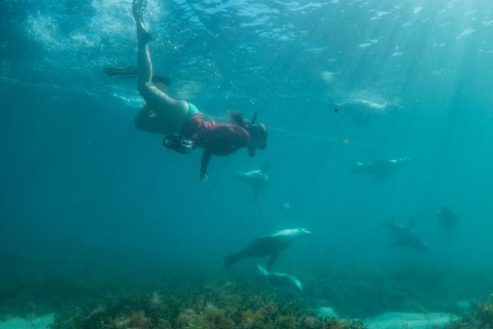


This Bulletin and its contents is for general information purposes only and should not be used as a substitute for consultation with professional advisors.
As legislation and travel requirements are constantly changing, we strongly recommend obtaining advice on your individual situation from a Registered Migration Agent. Please click here to book a consultation with one of our Registered Australian Migration Agents, located in Australia.






You can manage your membership and billing method by clicking here
Terms of Service
Privacy Policy
Copyright © 2025 Office of Immigration Australia, a private company registered in Australia. All Rights Reserved.